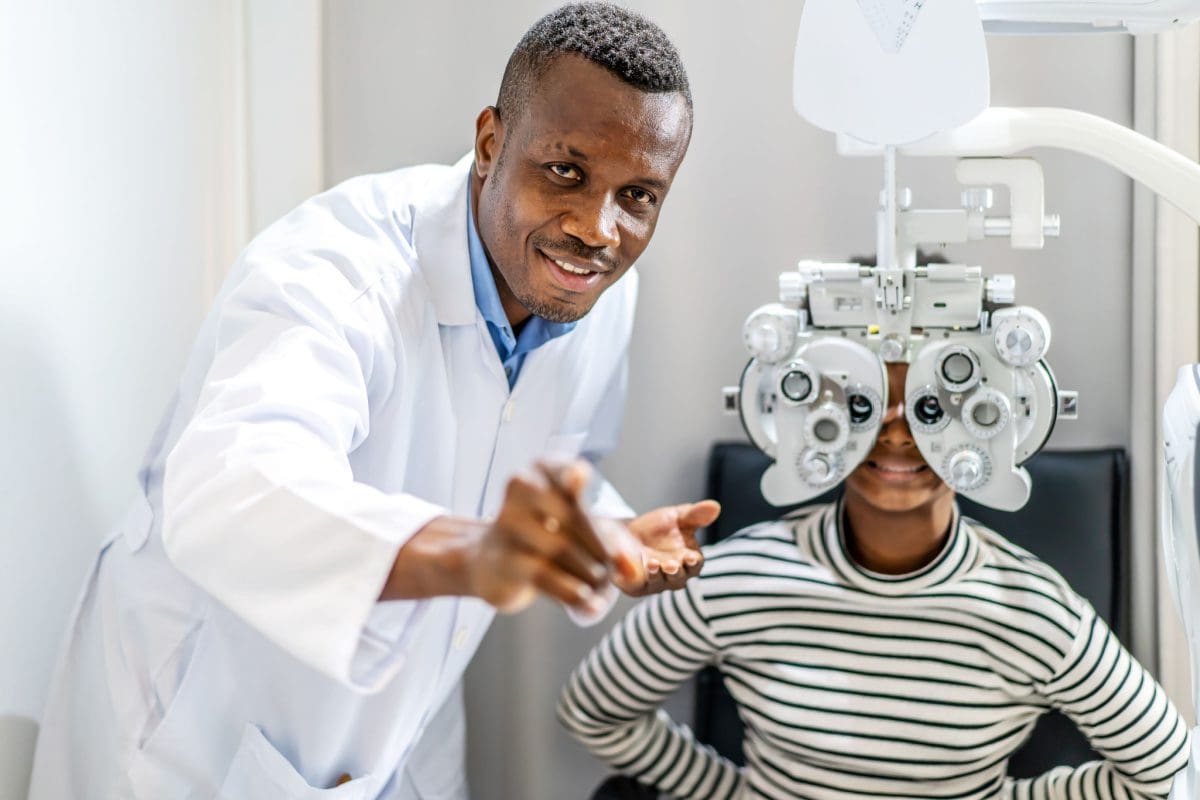Everything You Need to Understand About the most recent Advancements in Glaucoma Therapy and Eyecare
In the world of ocular health, innovations in the therapy and management of glaucoma have been gradually progressing, leading the way for boosted individual treatment and results. From sophisticated analysis devices that use unmatched understandings right into the condition development to ingenious medical strategies that promise greater precision and quicker healing times, the landscape of glaucoma therapy is going through a substantial transformation.
Advanced Diagnostic Technologies
Advanced analysis innovations play an essential duty in the early discovery and surveillance of glaucoma, permitting extra reliable treatment and monitoring of the problem. Amongst these technologies, optical comprehensibility tomography (OCT) stands out as a non-invasive imaging strategy that gives detailed cross-sectional photos of the retina, optic nerve head, and retinal nerve fiber layer. This high-resolution imaging aids medical professionals assess structural adjustments in the eye caused by glaucoma, allowing them to step in quickly.
Furthermore, aesthetic area testing, such as automated perimetry, is an additional important diagnostic tool for evaluating glaucoma-related vision loss - glaucoma service near me. This test measures the sensitivity of a client's visual field, helping to identify any type of areas of vision loss or distortion. By integrating OCT imaging with aesthetic field testing, healthcare carriers can obtain a thorough understanding of the condition's progression and tailor treatment plans accordingly
Minimally Intrusive Operation
In the world of glaucoma management, the emphasis shifts in the direction of minimally intrusive procedures as a proactive strategy to deal with the progression of the condition following innovative analysis analyses such as optical comprehensibility tomography (OCT) and aesthetic field screening. Minimally intrusive glaucoma surgeries (MIGS) have gained popularity because of their performance in decreasing intraocular pressure while lessening the risks and recovery times connected with standard glaucoma surgeries. These treatments are commonly performed through little incisions, frequently in combination with cataract surgery, making them less invasive and extra comfortable for clients.
Some usual MIGS treatments include trabecular micro-bypass stents, which boost the discharge of aqueous wit, and micro-sized implants that boost drainage in the eye. In addition, laser treatments such as selective laser trabeculoplasty (SLT) use a non-invasive alternative for lowering intraocular pressure. By incorporating these minimally intrusive strategies right into glaucoma management, eye doctors can give people with efficient therapy alternatives that focus on safety and fast recovery, eventually improving long-lasting outcomes for people with glaucoma.
Novel Medication Therapies
Arising drug treatments existing encouraging methods for improving the pharmacological monitoring of glaucoma, offering innovative approaches to deal with intraocular stress control and illness development. One unique medication treatment that has actually garnered focus is Rho kinase preventions.

Telemedicine and Remote Tracking
With the development of novel drug treatments expanding the therapy landscape for glaucoma, the combination of telemedicine and remote monitoring arises as a crucial part in boosting patient care and disease monitoring. Telemedicine allows eye care experts to remotely analyze individuals, offer assessments, and monitor condition progression without the demand for in-person see post check outs. their explanation This is particularly valuable for glaucoma individuals who need regular surveillance to avoid vision loss. Remote surveillance technologies make it possible for patients to gauge their intraocular stress or visual area in the house, permitting prompt changes to therapy strategies. By utilizing telemedicine and remote surveillance, healthcare companies can improve accessibility to care, boost individual conformity, and discover possible problems early, causing far better results for individuals with glaucoma. In addition, these innovations provide benefit for patients, particularly those in remote areas or with wheelchair restrictions, by decreasing the need for regular center sees. Embracing telemedicine and remote surveillance in glaucoma administration represents a significant improvement in maximizing patient care and therapy efficacy.
Personalized Treatment Approaches
Progressing beyond traditional one-size-fits-all approaches, tailored therapy methods customized to specific person features are transforming the monitoring of glaucoma. By personalizing treatment strategies based upon aspects such as age, disease seriousness, way of life, and various other health problems, eye doctors can maximize outcomes and enhance individual complete satisfaction.
Customized treatment strategies in glaucoma include a detailed assessment of each patient's special account. This might consist of genetic screening to recognize details threat variables, imaging techniques to examine architectural adjustments in the eye, and functional examinations to assess visual area loss. By incorporating these personalized insights, medical care service providers can develop targeted treatments that attend to the underlying reasons of glaucoma development for each and every individual.
Moreover, improvements in innovation have allowed the growth of personalized treatment options such as minimally intrusive glaucoma surgical procedures (MIGS) tailored to the patient's specific demands - refractive surgeries in al. These treatments supply effective intraocular stress control with less problems, boosting the general quality of take care of glaucoma individuals. Welcoming personalized treatment methods notes a considerable standard shift in glaucoma management, emphasizing accuracy medicine to deliver customized remedies for better client outcomes
Conclusion
To conclude, the current innovations in glaucoma treatment and eyecare consist of progressed diagnostic technologies, minimally intrusive operations, novel drug therapies, telemedicine and remote surveillance, and personalized therapy techniques. These innovations are changing the means we identify and treat glaucoma, using more effective and personalized alternatives for clients. By remaining current with these advancements, healthcare specialists can offer better treatment and enhance results for people with glaucoma.

With the evolution of unique medication therapies increasing the therapy landscape for glaucoma, the integration of telemedicine and remote tracking emerges as a pivotal part in improving client treatment and condition management. hearing service near me. Embracing telemedicine and remote surveillance in glaucoma monitoring represents a substantial improvement in maximizing person treatment and therapy effectiveness
In final thought, the most current advancements in glaucoma treatment and eyecare include advanced analysis innovations, minimally intrusive medical procedures, unique drug treatments, telemedicine and remote surveillance, and customized treatment approaches.